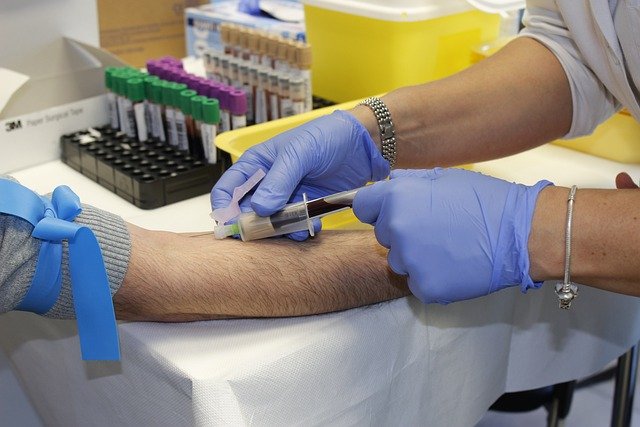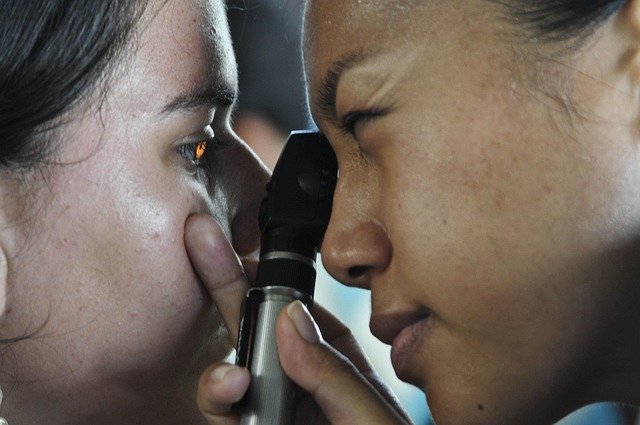Hemoglobinuria: Unexpected Signals You Must Not Ignore
Hemoglobinuria is a rare but serious condition that may silently signal underlying health issues. While often unnoticed in early stages, certain unexpected symptoms could point to a more significant problem. Understanding these signs is essential for timely diagnosis and treatment. This article uncovers the key warning signals of hemoglobinuria and what they could mean for your health.

Hemoglobinuria: Unexpected Signals You Must Not Ignore
Changes in urine color are easy to dismiss, especially when they seem to come and go. Yet hemoglobin in urine, known as hemoglobinuria, can be an important clue that red blood cells are breaking down inside the bloodstream. While this can sometimes be mild and temporary, it may also point to serious underlying conditions that affect blood, kidneys, or the immune system, including rare disorders such as paroxysmal nocturnal hemoglobinuria.
This article is for informational purposes only and should not be considered medical advice. Please consult a qualified healthcare professional for personalized guidance and treatment.
Early signs of hemoglobinuria you might overlook
Early signals of hemoglobinuria are often subtle. The most commonly noticed sign is urine that looks darker than usual, ranging from tea colored to reddish brown. People may first observe this in the morning, when urine is naturally more concentrated, and assume it is only due to not drinking enough water. If the color change appears repeatedly or without a clear explanation, it can be an early hint that hemoglobin is present.
Other overlooked signs may not seem connected to urine at all. Fatigue, headaches, paler than usual skin, and a tendency to feel short of breath with light exertion can all stem from red blood cell destruction and mild anemia. Some people experience abdominal or back discomfort, or a sense of fullness under the ribs where the spleen and liver sit. Because these symptoms are common in many conditions, they are easy to ignore unless they appear together with unexplained dark or reddish urine.
How hemoglobinuria may indicate deeper health issues
Hemoglobin is the iron containing protein inside red blood cells that carries oxygen. Normally, red blood cells stay intact in blood vessels and are filtered gradually by the body. When they break down within the bloodstream, free hemoglobin can circulate and eventually pass into the urine, creating hemoglobinuria. This is different from seeing whole red blood cells in urine, which usually reflects bleeding somewhere along the urinary tract.
Hemoglobinuria may point to several types of deeper health issues. In rare disorders such as paroxysmal nocturnal hemoglobinuria, certain protective proteins are missing from blood cells, making them more likely to be destroyed by the immune system. Autoimmune hemolytic anemia, severe infections, some inherited conditions, reactions to medications, or complications from blood transfusions can also trigger widespread red blood cell breakdown. In each of these situations, the kidneys must process the released hemoglobin, which can place them under significant strain and, in severe cases, lead to kidney injury.
Diagnostic steps for detecting hemoglobinuria early
When hemoglobinuria is suspected, clinicians typically begin with a detailed history and physical examination. Questions often focus on timing and frequency of dark urine, exposure to new medications or chemicals, recent infections, family history of blood disorders, and any associated symptoms such as fatigue, jaundice, abdominal pain, or swelling in the legs. Keeping track of when urine changes occur, including times of day and possible triggers, can give useful context during this discussion.
Laboratory testing is essential. A urinalysis can detect blood related substances; if the test suggests blood but few or no red cells are seen under the microscope, hemoglobin or myoglobin is more likely. Blood tests often include a complete blood count to look for anemia, markers of red cell breakdown such as bilirubin and lactate dehydrogenase, and levels of haptoglobin, a protein that binds free hemoglobin. Kidney function tests help assess whether the kidneys are under strain. When paroxysmal nocturnal hemoglobinuria is a concern, flow cytometry on blood cells can identify loss of specific surface proteins that normally protect cells from immune attack.
Myths about hemoglobin in urine and balanced ways to view them
Several persistent myths can cause confusion or delay evaluation. One common belief is that dark urine always comes from not drinking enough water. Dehydration certainly concentrates urine, but persistent brown or red discoloration, especially when accompanied by other symptoms, deserves medical review rather than being assumed harmless.
Another myth is that if the urine looks clear most of the time, short episodes of discoloration do not matter. Hemoglobinuria can appear intermittently, particularly in certain hemolytic conditions where red cell breakdown varies over time. A further misconception is that hemoglobin in urine always indicates a kidney specific disease. In reality, it often reflects processes happening in the bloodstream, with the kidneys acting as filters that reveal the problem.
People may also think that only intense exercise or physical trauma can cause hemoglobinuria. While extreme exertion can lead to temporary red cell damage, many other triggers exist, from immune conditions to rare bone marrow disorders. A more balanced approach is to treat hemoglobinuria as a neutral signal that calls for thoughtful assessment, rather than assuming it is either trivial or always severe.
Treatment options for nocturnal hemoglobinuria
Paroxysmal nocturnal hemoglobinuria, often associated with episodes of dark urine especially in the morning, arises from a change in bone marrow stem cells that leads to blood cells lacking certain protective proteins. This makes red blood cells vulnerable to a part of the immune system known as complement, which can destroy them and release hemoglobin into the bloodstream. The condition can also increase the risk of blood clots and cause bone marrow failure in some individuals.
Treatment strategies focus on reducing red blood cell destruction, managing complications, and supporting overall blood production. Complement inhibiting medications, such as monoclonal antibodies that block a specific step in the complement cascade, have become central in many treatment plans. By dampening this part of the immune response, they can lessen hemolysis, improve anemia related symptoms, and reduce the risk of clot formation. Other therapies that act earlier in the complement pathway may also be used in selected cases.
Supportive care remains important. This can include folic acid supplementation to help the bone marrow make new red blood cells, iron management, and blood transfusions for significant anemia. Because clotting is a major concern in paroxysmal nocturnal hemoglobinuria, some individuals are placed on blood thinners, especially if they have additional risk factors or a history of clots. In severe cases, or when the disorder is combined with conditions such as aplastic anemia, a stem cell or bone marrow transplant may be considered. This approach offers the possibility of long term remission but carries substantial risks and is usually reserved for carefully selected patients under specialist care.
Ultimately, treatment choices for nocturnal hemoglobinuria are highly individualized. They depend on the severity of hemolysis, the degree of symptoms, blood counts, clotting history, kidney function, and personal circumstances. Long term follow up with clinicians experienced in managing rare blood disorders allows ongoing adjustment of therapy as research evolves and a person s health needs change.
Hemoglobinuria is not a diagnosis in itself but a visible clue that something may be affecting red blood cells or the kidneys that filter them. Recognizing unusual changes in urine, especially when they appear alongside symptoms such as fatigue or abdominal discomfort, can prompt timely evaluation and testing. With careful attention to these signals and collaboration between individuals and healthcare professionals, hemoglobin in urine can become a starting point for understanding and addressing broader aspects of health rather than a source of ongoing uncertainty.




